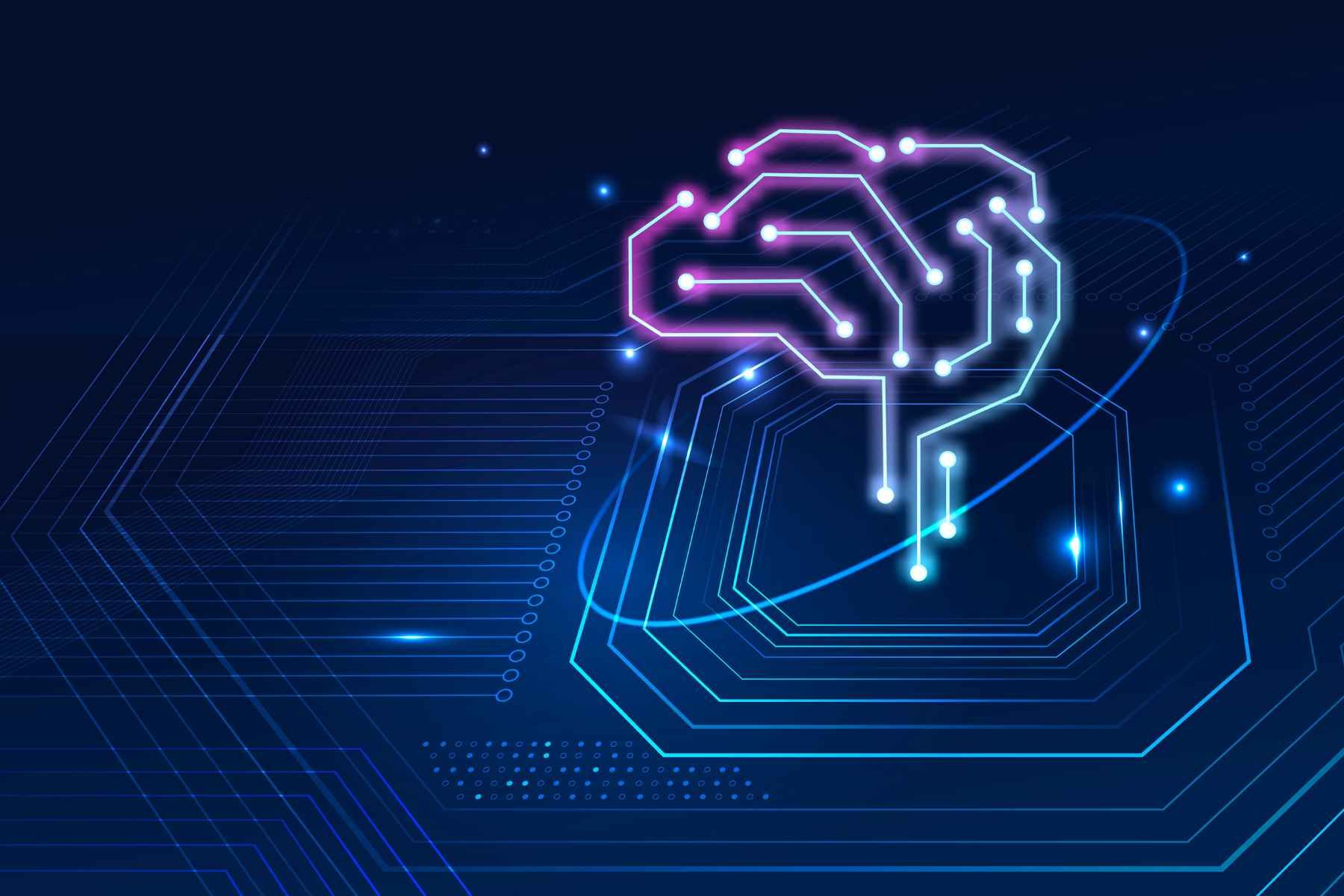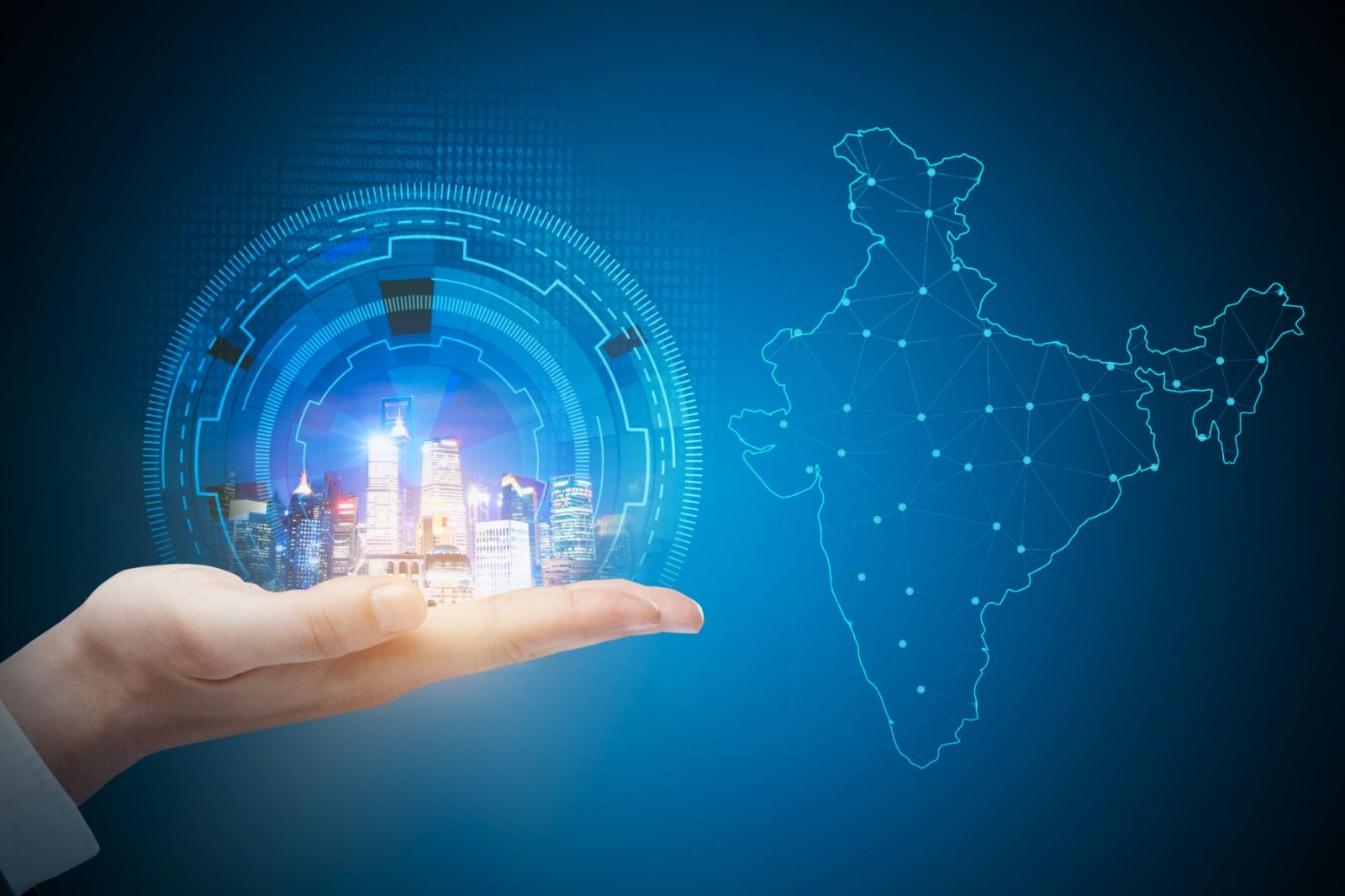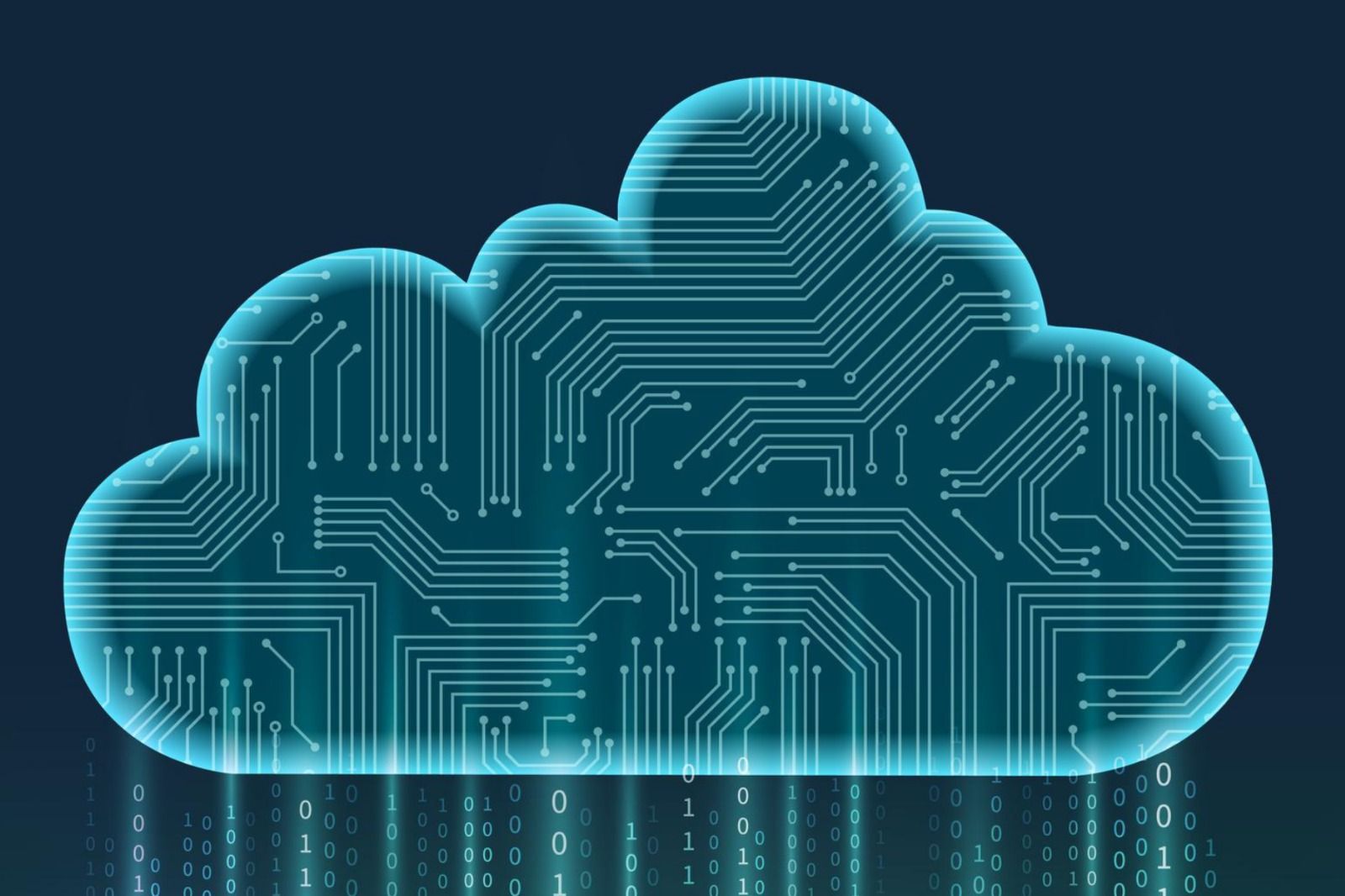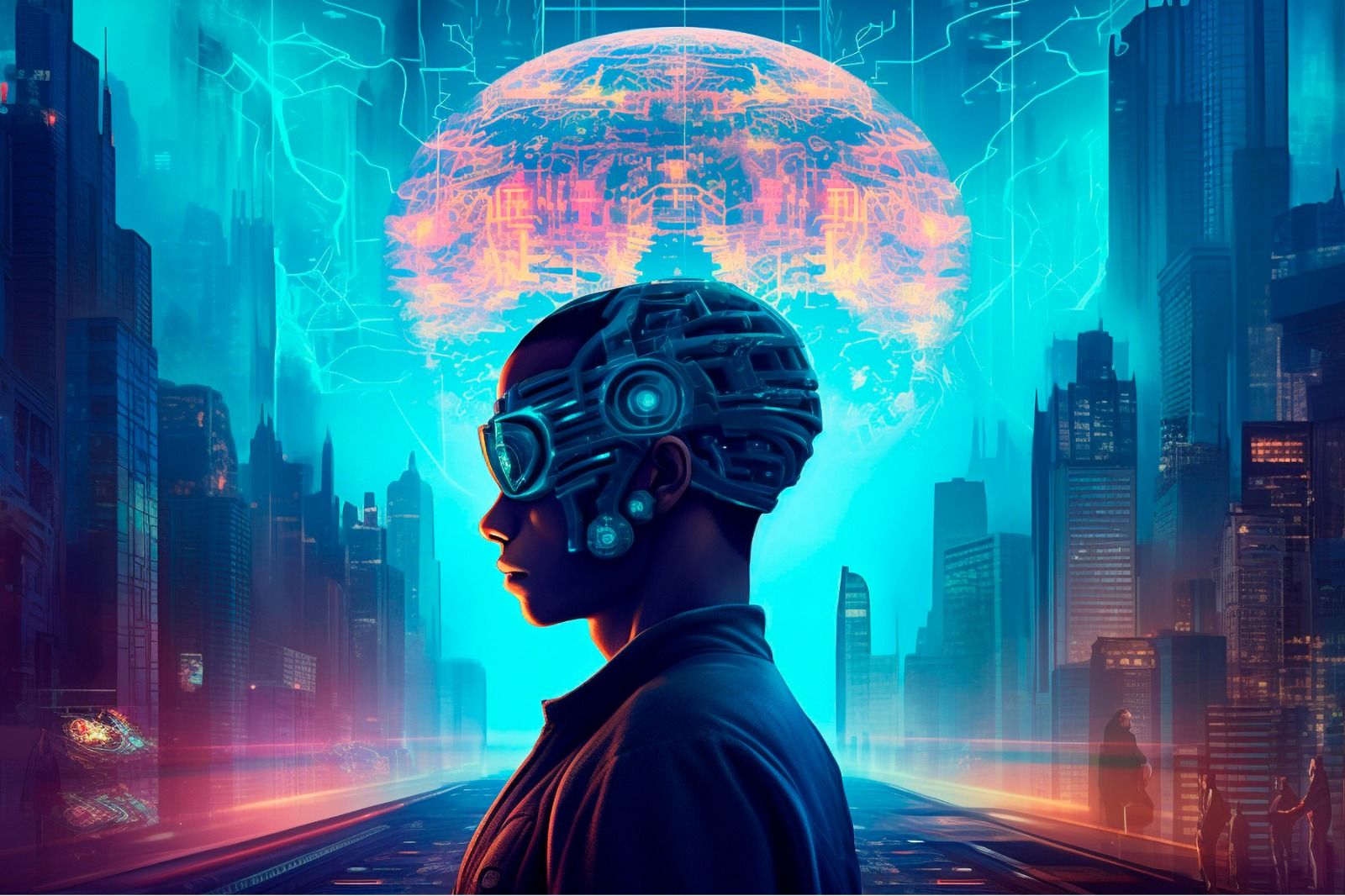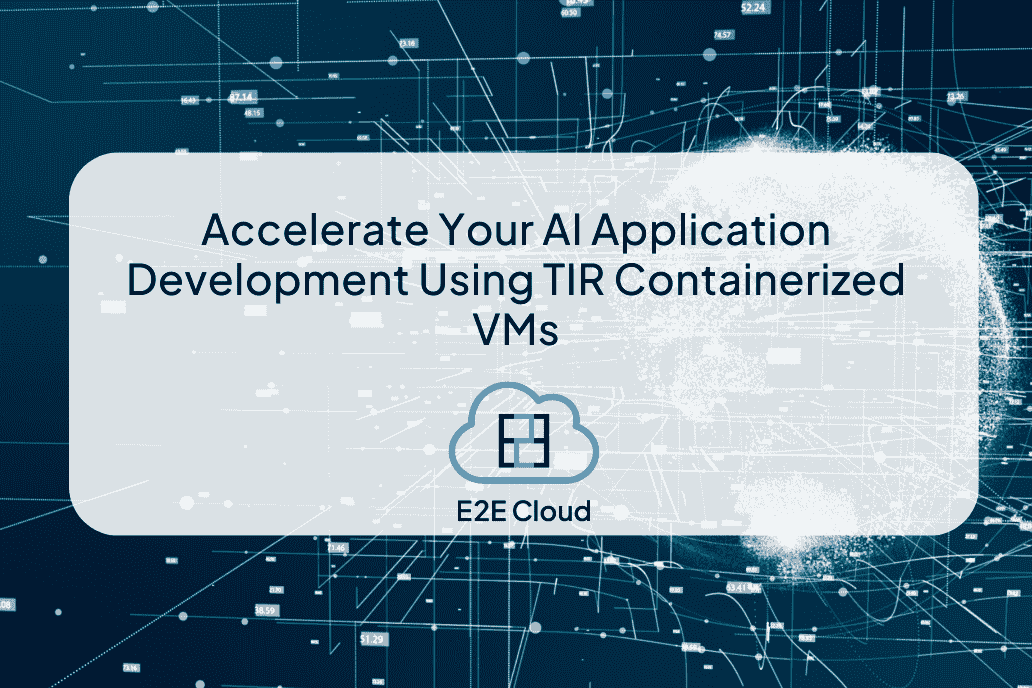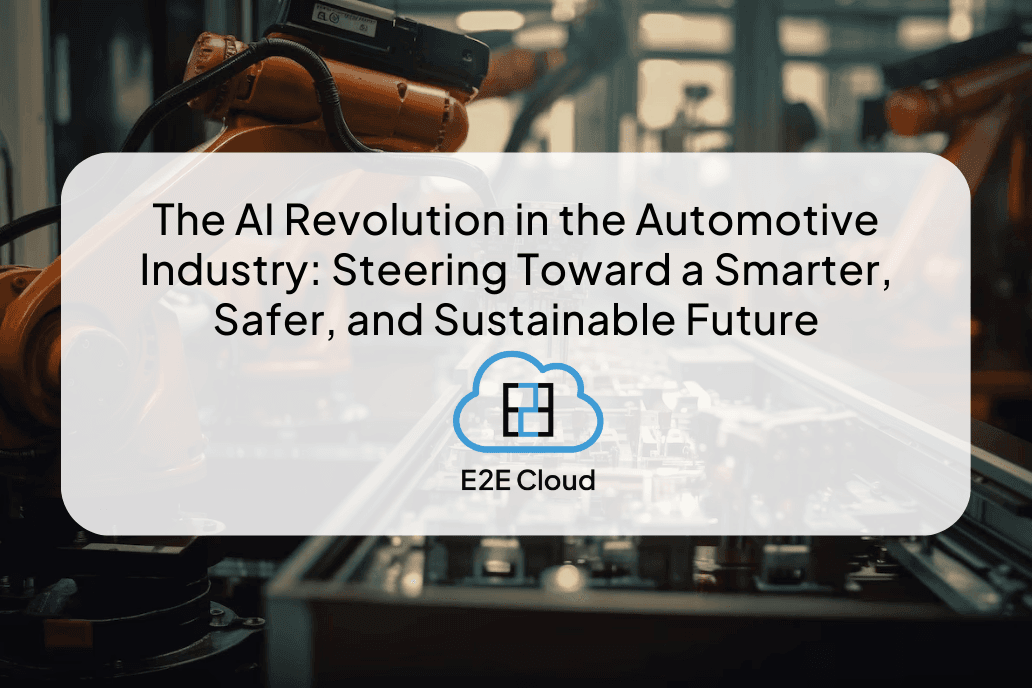Hey there, tech enthusiasts and data wizards. Today, we're diving into the exciting realm of distributed training and pitting two heavyweight contenders against each other: Horovod and TensorFlow. As data scientists, you know the power of unleashing the capabilities of multiple GPUs in parallel, and these frameworks are here to make that happen. So, let's buckle up and explore the fascinating world of distributed training!
In the world of deep learning and distributed training, frameworks like Horovod and TensorFlow have gained significant popularity. With the increasing demand for scaling up training processes and leveraging multiple GPUs, developers, and data scientists often face the dilemma of choosing the right framework. The comparison between Horovod and TensorFlow for distributed training explores their functionalities, ease of use, scalability, and performance.
By the end, you will have a clear understanding of which framework suits your distributed training needs.
What is Distributed Training?
Distributed training allows for the expansion of training workloads beyond the capabilities of a single computing instance. It involves training a model across multiple cases, referred to as "workers," which significantly reduces training time. This type of training improves the feedback loop between training and evaluation, enabling data scientists to iterate more rapidly. MPI/Horovod, developed by Uber, and Distributed TensorFlow, created by Google specifically for TensorFlow, are the two most prevalent methods of distributed training.
What happens during Distributed Training?
In distributed training, the training job is split across multiple GPUs or machines to accelerate the training process and handle larger datasets. The goal is to utilize the additional resources to train the model faster and potentially achieve better performance.
Here's a simplified overview of what happens during distributed training:
- Data Preparation: The training data is divided into smaller batches or shards that can be processed independently. Each GPU or machine will be responsible for processing a subset of the data.
- Model Initialization: The model is initialized on each GPU or machine. This ensures that each instance starts with the same initial weights.
- Forward and Backward Pass: Each GPU or machine performs forward and backward passes on its assigned data batch. This involves feeding the data through the model, calculating the loss, and propagating the gradients backward.
- Gradient Aggregation: After the backward pass, the gradients calculated on each GPU or machine need to be combined to update the model weights consistently. This is where communication between the processes occurs.
- Allreduce Operation: The Horovod library uses the ring-all reduce approach to aggregate the gradients. Each process sends its gradients to its "right" neighbor and receives gradients from its "left" neighbor. The gradients are averaged and then broadcasted to all processes. This ensures that each process has access to the averaged gradients.
- Model Update: Once the aggregated gradients are available on each GPU or machine, the model weights are updated using an optimization algorithm (e.g., stochastic gradient descent). The update step ensures that the model moves in the direction of minimizing the loss.
- Iteration: The forward-backward gradient aggregation steps are repeated for multiple iterations until the model converges or a stopping criterion is met.
By distributing the training process, you can effectively parallelize the computations, reduce training time, and potentially achieve better generalization by utilizing a larger amount of data.
Note that the actual implementation details and code for distributed training using Horovod may vary depending on the deep learning framework (e.g., TensorFlow, Keras, PyTorch) and the specific requirements of your project.
What is Horovod?
Horovod is a framework that enables distributed training for popular libraries such as TensorFlow and PyTorch. By integrating Horovod into their code, users can easily scale up their existing training scripts to utilize hundreds of GPUs. For Spark ML pipeline applications that utilize TensorFlow, users can leverage the HorovodRunner.
Understanding Horovod
Horovod is an open-source distributed training framework developed by Uber Technologies. It aims to simplify the process of distributed deep learning by allowing data scientists and researchers to scale their models efficiently across multiple GPUs or even multiple machines. Horovod achieves this by leveraging the MPI (Message Passing Interface) standard, which enables efficient communication and coordination between workers.
Horovod's key features include:
- GPU-Aware: Horovod is designed to work with NVIDIA GPUs, making it an ideal choice for deep learning tasks requiring significant computational power.
- TensorFlow Integration: Horovod seamlessly integrates with TensorFlow, one of the most widely used deep learning frameworks. It provides a high-level API that wraps around TensorFlow's existing functionality, enabling users to distribute their TensorFlow models with minimal code modifications.
- Efficient Communication: Horovod utilizes a ring-based communication pattern, which minimizes communication overhead and improves overall training performance. It optimizes data movement by overlapping communication with computation, thereby reducing training time.
What is TensorFlow?
TensorFlow, developed by Google, is an open-source machine learning framework that offers a comprehensive set of tools and libraries for building and deploying machine learning models. It provides a flexible architecture for both research and production, making it a popular choice among data scientists and engineers.
TensorFlow's key features include
- Scalability: TensorFlow supports distributed training across multiple GPUs, machines, or even clusters of machines. It provides high-level APIs such as tf. distribute. Strategy, which simplifies the process of scaling models and training across multiple devices or machines.
- Rich Ecosystem: TensorFlow has a vast ecosystem of pre-built models, tools, and libraries, which enables users to leverage existing resources and accelerate the development process. It also supports a wide range of hardware accelerators, including NVIDIA GPUs, making it versatile for various deployment scenarios.
- Model Serving: TensorFlow offers TensorFlow Serving, a framework for serving trained models in production. It provides a scalable and efficient way to deploy machine learning models, making it easier for data scientists to transition from training to inference.
Horovod vs. TensorFlow: Which is Better for Distributed Training?
Horovod and TensorFlow are closely related frameworks that complement each other for distributed training. Horovod builds upon TensorFlow, providing an additional layer of functionality for efficient scaling across multiple GPUs or machines. It leverages TensorFlow's extensive ecosystem and compatibility, making it an excellent choice for distributed TensorFlow models.
When deciding between Horovod and TensorFlow for distributed training, consider the following factors:
- Framework Compatibility: Consider the framework you are using for deep learning tasks. Horovod is a distributed training framework that can work with multiple deep learning frameworks such as TensorFlow, PyTorch, and MXNet. On the other hand, TensorFlow provides its own built-in capabilities for distributed training. If you are primarily working with TensorFlow, using its native distributed training capabilities might be more straightforward and convenient.
- Ease of Use: Evaluate the ease of integrating and using the distributed training framework in your existing workflow. TensorFlow's built-in distributed training features are designed to seamlessly integrate with the TensorFlow ecosystem, making it relatively easier to set up and use. Horovod, while providing support for multiple frameworks, might require additional configuration and setup, which could be more complex initially.
- Performance and Scalability: Consider your deep learning models' performance and scalability requirements. Horovod is known for its efficient communication and scalability, especially in multi-GPU and multi-node setups. It leverages techniques like ring-all reduce and tensor fusion to optimize communication between different processes, improving training speed. TensorFlow's native distributed training capabilities have also been optimized for performance, but Horovod may provide additional performance advantages depending on the specific use case.
- Community Support and Documentation: Evaluate the availability of community support and documentation for your chosen distributed training framework. TensorFlow has a large and active community, which means you can find extensive resources, tutorials, and examples to help you with your distributed training needs. Horovod also has a growing community and documentation, but it may not be as extensive as TensorFlow's.
- Flexibility and Customization: Consider the flexibility and customization options offered by the framework. TensorFlow provides a wide range of features and tools for customizing and fine-tuning the distributed training process. This includes support for different strategies like parameter servers and collective all-reduce, as well as the ability to control the placement of operations across devices and machines. Horovod also offers flexibility and allows you to customize the training process, but the level of control may vary depending on the underlying deep-learning framework you are using.
Deploying Distributed Training on E2E Cloud
E2E Cloud, as a cloud computing firm, understands the importance of distributed training and empowers data scientists to harness the potential of Horovod and TensorFlow for their training needs. With E2E Cloud's NVIDIA GPU-powered platform, data scientists can leverage the computational power required for deep learning tasks.
E2E Cloud offers a seamless environment for deploying and scaling distributed training workloads. Whether you choose to utilize Horovod or TensorFlow, E2E Cloud provides the infrastructure and resources necessary for efficient distributed training.
Conclusion
In conclusion, both Horovod and TensorFlow are powerful frameworks for distributed training, each with its own strengths and use cases. Understanding your specific requirements and considering factors like scalability, compatibility, and flexibility will help you choose the framework that best suits your needs. And with E2E Cloud's support, you can easily deploy and scale your distributed training workloads, unlocking the full potential of your machine learning models.

